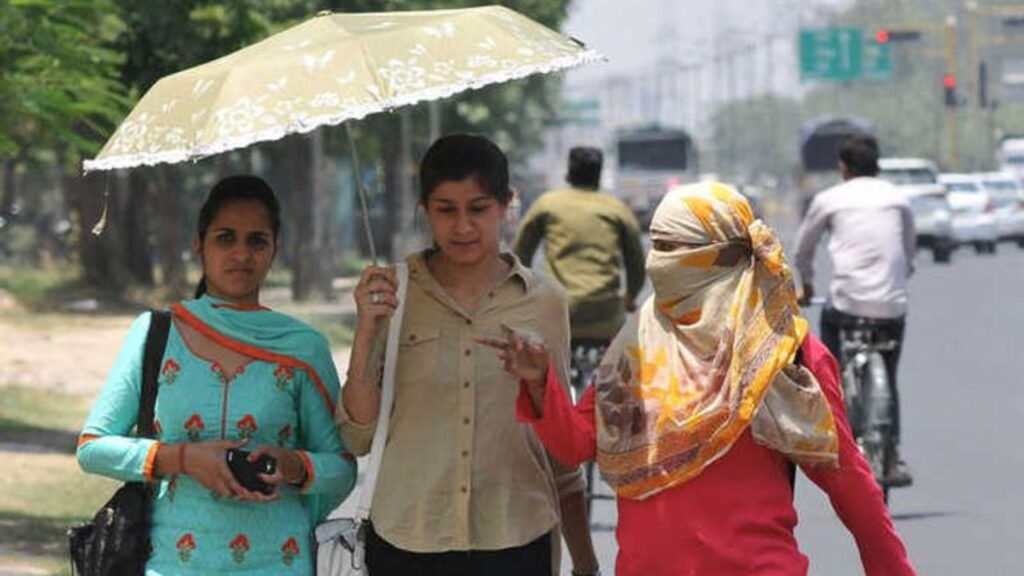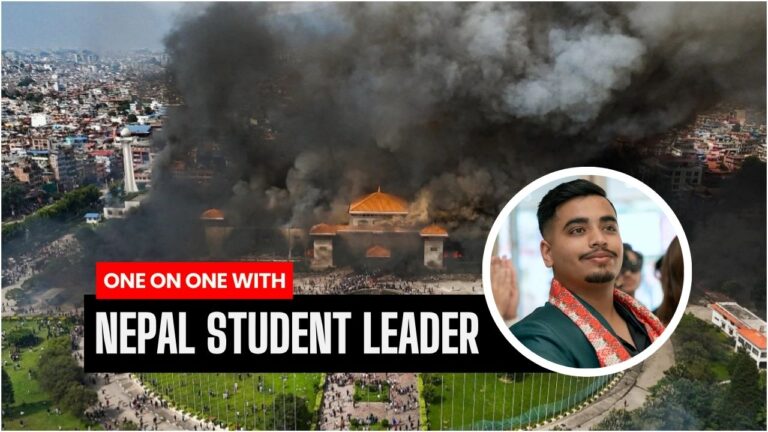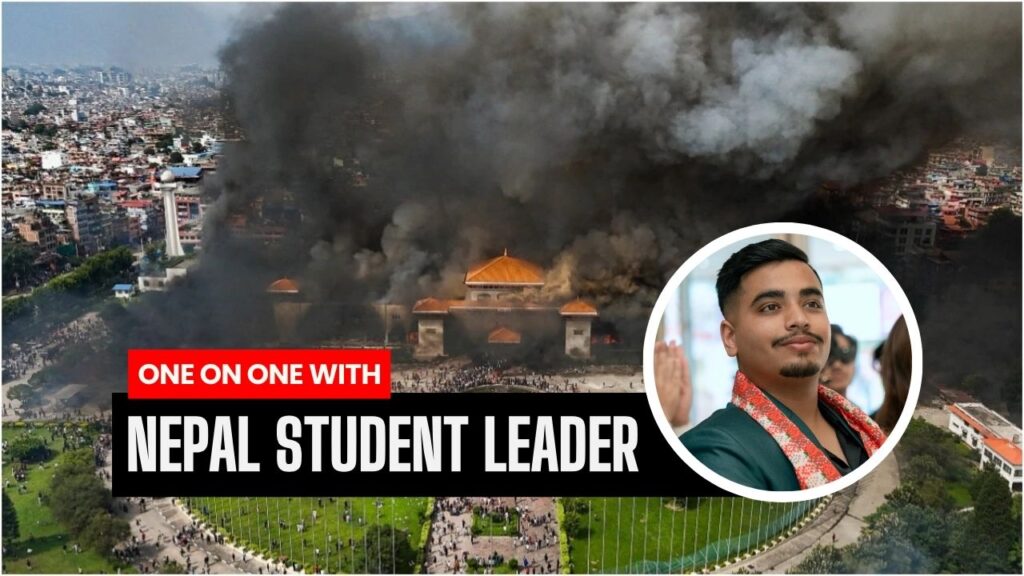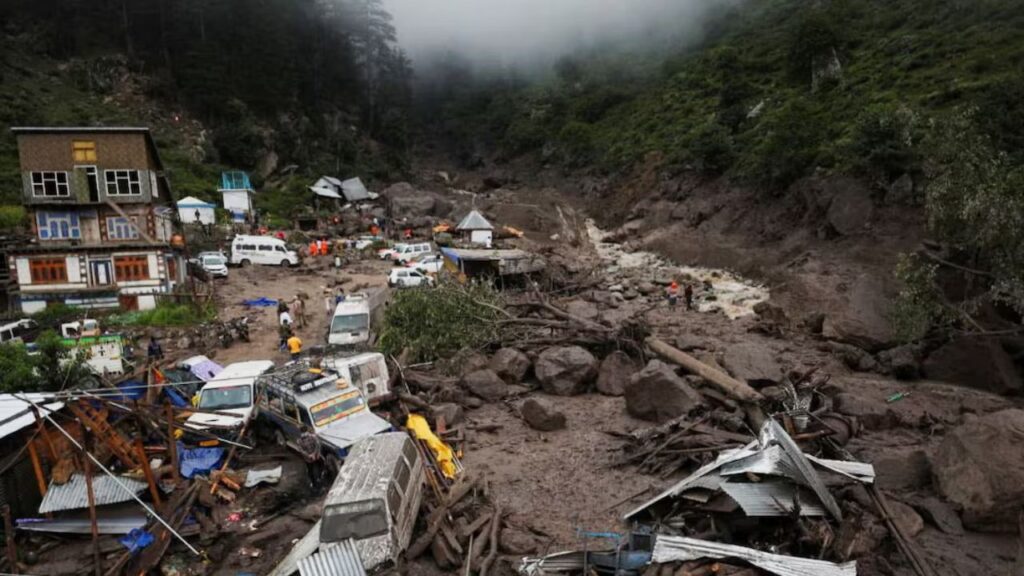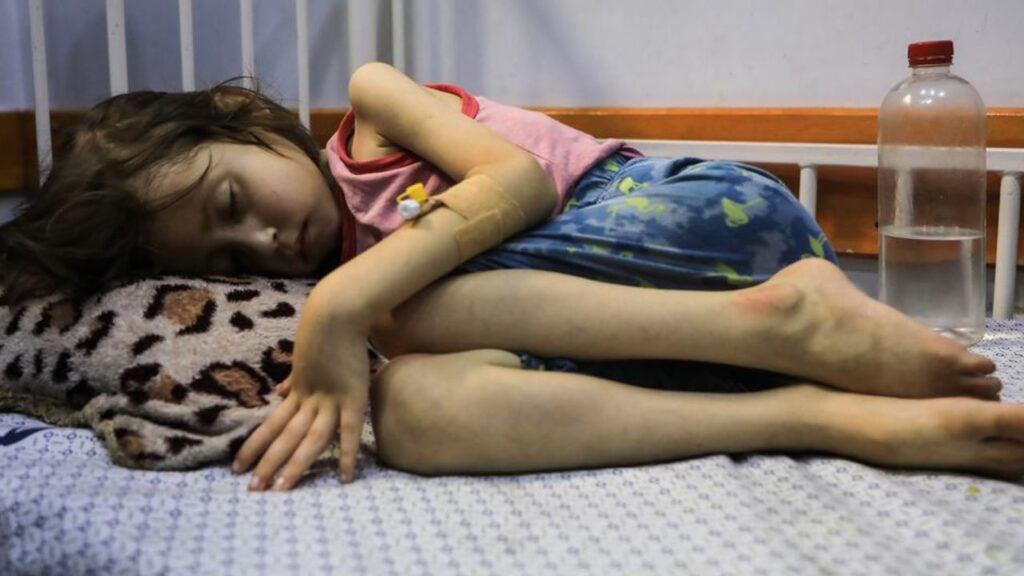India is currently enduring one of its most severe heat waves in recent history, with temperatures soaring above 44°C in several regions. The India Meteorological Department (IMD) has issued red and orange alerts across multiple states, warning of extreme heat conditions.
In Delhi, temperatures have reached a staggering 41.3°C, surpassing previous records of this season and prompting authorities to issue a “severe heatwave” red alert. The extreme heat has led to widespread power outages and water shortages, severely impacting daily life. Hospitals have begun to see cases of heatstroke and dehydration, with vulnerable populations, including the elderly and homeless, bearing the brunt of the crisis. The peak temperature in April last year reached 40.5°C, and it was 40.6°C recorded in April 2023.
Maharashtra is also experiencing intense heat, particularly in the Vidarbha region. Nagpur recorded a scorching 42.8°C on April 19, making it the hottest city in India on that day. Chandrapur followed closely, registering 44.6°C on April 20. The IMD has forecasted a gradual rise in maximum temperatures by 2-3°C over Maharashtra in the coming days.
As of April 21, 2025, Goa was experiencing notably high temperatures, with maximums reaching around 39°C (102°F) and minimums hovering near 23°C (73°F). The India Meteorological Department (IMD) has issued yellow alerts for the region, indicating the likelihood of hot and humid conditions. Residents and visitors are advised to stay hydrated, avoid direct sunlight during peak hours, and take necessary precautions to mitigate heat-related health risks.
The education sector is facing significant disruptions as schools across various states are forced to close or modify schedules to protect students from the oppressive heat. In Odisha, summer vacations commenced early on April 25 due to temperatures ranging from 40°C to 45.2°C. Similarly, states like Uttar Pradesh, Bihar, and West Bengal have implemented measures such as shortened school hours and early dismissals. Classrooms, often lacking adequate cooling infrastructure, are becoming unbearable, affecting students’ concentration and learning outcomes.
Agriculture, the backbone of India’s economy, is severely impacted by the ongoing heatwave. Crops such as wheat and rice are experiencing heat stress, leading to reduced yields and threatening food security. Farmers in regions like Punjab, Haryana, and Uttar Pradesh are reporting significant crop damage, with the potential for long-term economic repercussions. The heatwave is also exacerbating water scarcity issues, as increased evaporation rates and drying rivers strain irrigation systems.
The soaring temperatures are leading to a spike in electricity demand as residents rely heavily on cooling appliances. This surge is straining the power grid, leading to frequent outages in several regions. The increased energy consumption also raises concerns about the sustainability of energy resources and the need for robust infrastructure to handle such demands.
The intensifying heatwave in India underscores the multifaceted challenges posed by extreme weather events. From health crises and educational disruptions to agricultural setbacks and energy strains, the impacts are profound and far-reaching.

